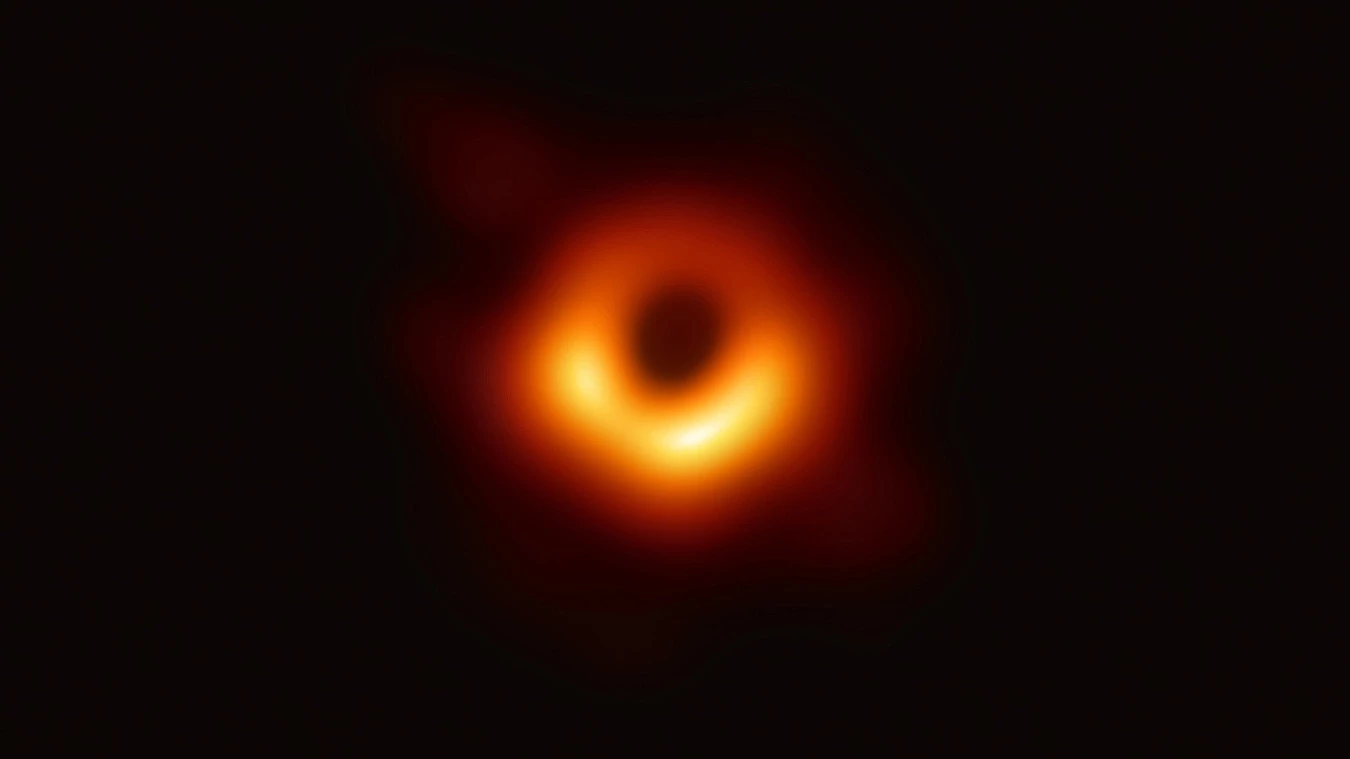Back in April the world got its first direct glimpse of a black hole. The blurry image shows a bright ring of material around a dark circle in the middle, confirming long-held assumptions about how they would look. Now the team behind this historic work is being rewarded with the 2020 Breakthrough Prize in Fundamental Physics.
Unsurprisingly, black holes are notoriously hard to see, on account of their gravitational pull that’s so strong light itself can’t escape once it gets close enough. But what is very visible is the material surrounding the black hole itself. The intense pressures on this stuff cause it to heat up and shine brightly – up until it reaches the point of no return and vanishes forever. That creates a bright donut shape with a deep black center.
While this structure had been theorized for years, it had never been directly imaged. To do so, an international team of 347 scientists used radio telescopes across the world to create what’s effectively an Earth-sized telescope. This Event Horizon Telescope (EHT) was then used to observe the supermassive black hole at the center of the Messier 87 galaxy.
And now, the work has earned the team the 2020 Breakthrough Prize in Fundamental Physics. Established in 2012 by Yuri Milner, Mark Zuckerberg and others, these awards are kind of like a showier version of the Nobel Prizes. Winners receive US$3 million in prize money, and the awards are handed out at a ceremony hosted by Hollywood celebrities, such as Morgan Freeman or Family Guy creator Seth MacFarlane.
Ultimately, the idea is to celebrate science and hopefully get more people, especially kids, excited about the field.
“It has been an honor to share this experience and the Breakthrough award with the EHT team,” says Katie Bouman, one of the members of the team. “And the cherry on top of it all has been seeing so many excited and smiling faces from around the world whenever the black hole image is shown and its story told. I hope this picture continues to inspire the next generation of young scientists!”
Other prizes being awarded include one in Mathematics, awarded to Alex Eskin for “revolutionary discoveries in the dynamics and geometry of moduli spaces of Abelian differentials,” and the Life Sciences Prize, which is going to Jeffrey Friedman for discovering a new endocrine system in the body that regulates food intake.
The eighth annual Breakthrough Prize ceremony will be held on Sunday November 3, at NASA Ames Research Center. It will be broadcast live on National Geographic.
Sources: Breakthrough Prize, Harvard




